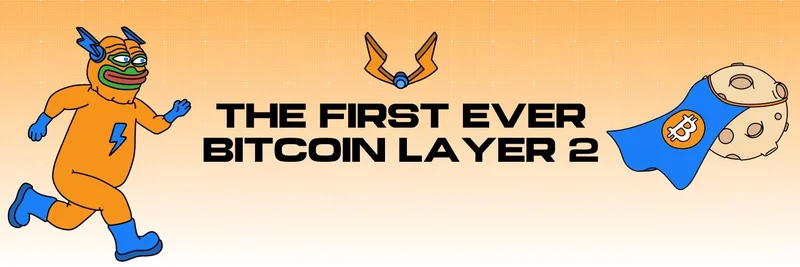In the ever-evolving landscape of cryptocurrency, market makers play a pivotal role in shaping the dynamics of token prices. A recent discussion on the podcast When Shift Happens with Evgeny Gaevoy from Wintermute sheds light on the significant influence market makers can have, especially in the early stages of a token's life cycle. Let's dive into the intricacies of this control and what it means for the broader crypto market.
The Power of Float Math
Evgeny Gaevoy explains the concept of "float math" in simple terms. If only 5% of a token's supply is circulating and a market maker controls 4% of that float, they essentially hold the reins to the token's price. This scenario is particularly common in early or illiquid tokens where the lack of participants allows a single actor to dominate the market.
The discussion highlights that market makers can manipulate prices more freely when there are no perpetual futures (perps), no retail flow, and no natural sellers. This lack of counterbalance means that the market maker can shape the narrative and, consequently, the chart, without significant opposition.
Beyond Theory: Real-World Implications
It's not just theoretical; this dynamic plays out often in the crypto space. For instance, in meme tokens, where liquidity can be notoriously thin, market makers can exert considerable influence. The fewer participants in the market, the more freedom a single actor has to move prices. This isn't about vilifying market makers but understanding the mechanics that most traders overlook.
The conversation also touches on the idea that market makers aren't just providing liquidity; they're also shaping the market's perception. When a market maker can move a token's price at will, it raises questions about whether traders are reacting to fundamental value or simply following a well-funded narrative.
The Role of Liquidity and Market Makers
To put this into perspective, let's consider the broader role of market makers in the crypto ecosystem. They are crucial for maintaining liquidity, which is the ease with which a token can be bought or sold without significantly affecting its price. High liquidity attracts institutional investors and large traders because it allows them to execute large orders without causing drastic price swings.
However, when liquidity is low, as is often the case with new or niche tokens, the market becomes vulnerable to manipulation. Sudden price swings can occur due to large buy or sell orders, leading to significant volatility. This is where market makers step in, but their actions can sometimes blur the line between providing liquidity and exerting control.
SEO-Friendly Insights
For those interested in the SEO aspect, understanding the influence of market makers on token prices can be a game-changer. Keywords like "crypto market makers," "token price control," and "market manipulation" are highly relevant and can drive traffic to content that explains these dynamics. The discussion on When Shift Happens provides a rich source of information that can be leveraged to create engaging, informative articles.
Conclusion
The control that market makers have over token prices, especially in illiquid markets, is a critical aspect of the crypto landscape. It's a reminder that behind the charts and price movements, there are often strategic players influencing the market. For traders and investors, recognizing these mechanics is essential for making informed decisions. As Evgeny Gaevoy succinctly puts it, "It's not just theory—this dynamic plays out often."
By understanding the role of market makers and the concept of float math, we can better navigate the complexities of the crypto market. Whether you're a seasoned trader or new to the space, this insight into market dynamics is invaluable.




